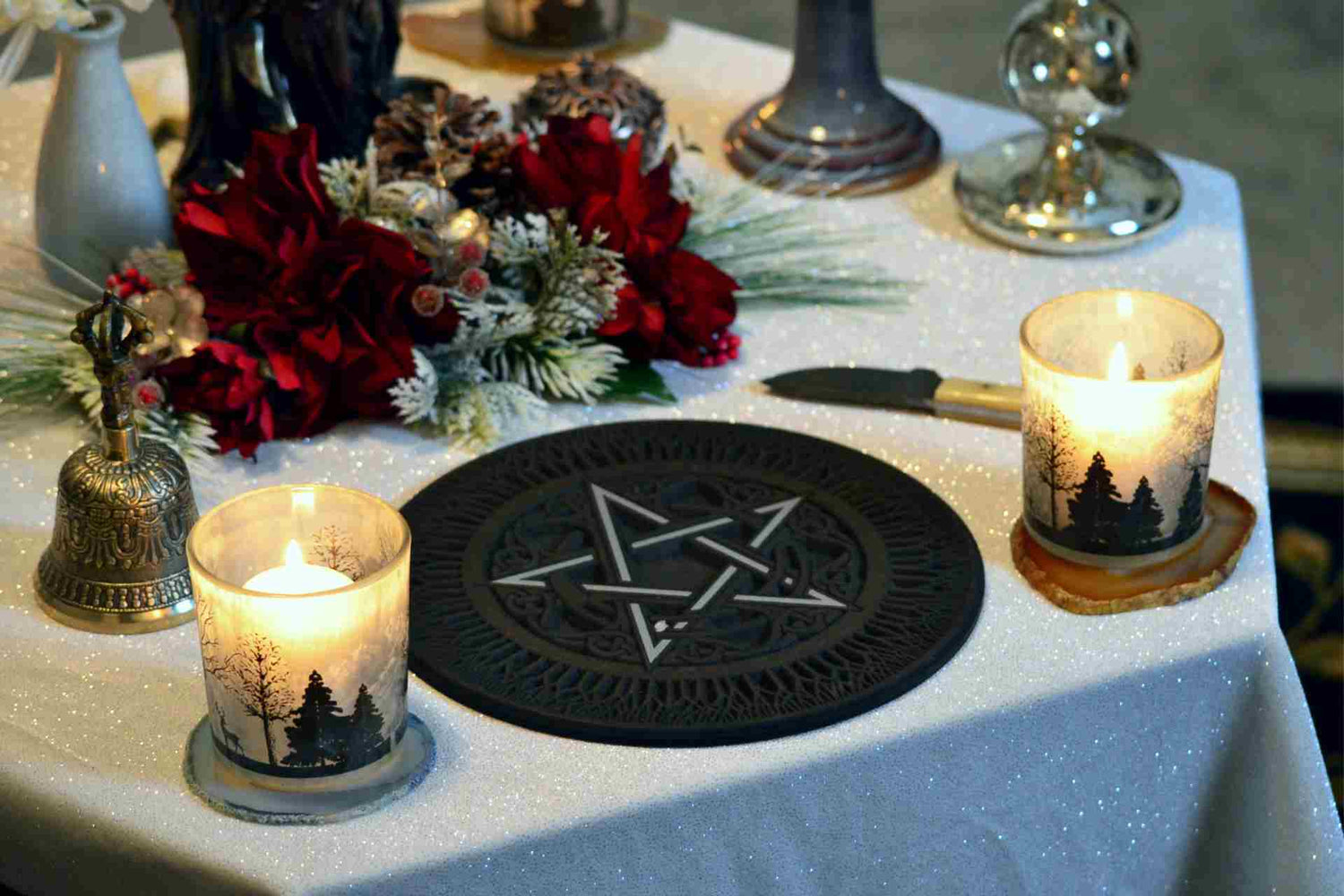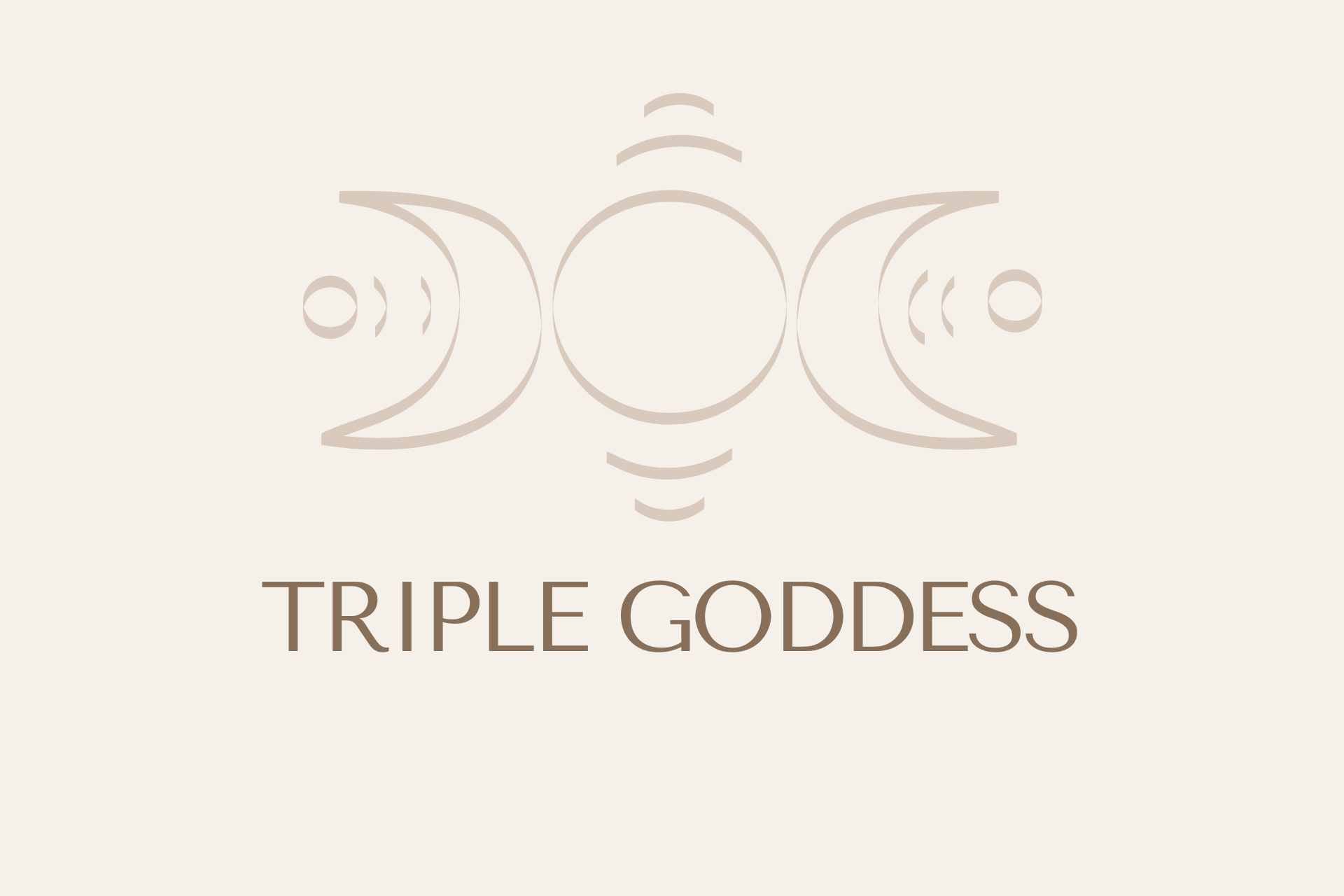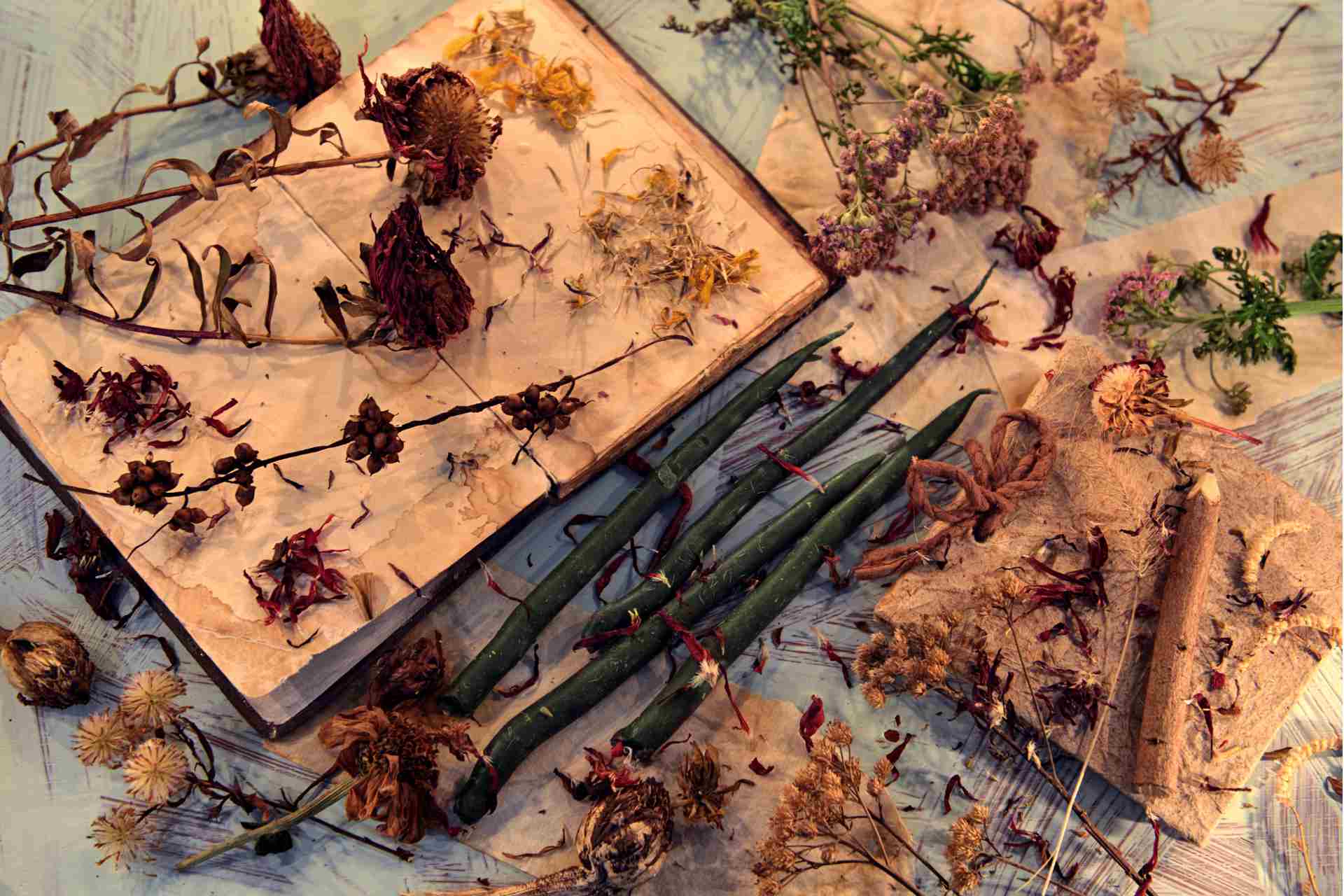The holiday of Yule is upon us! For many Wiccans, this is a time of celebration and reflection. It's a time to enjoy the company of friends and family, and to celebrate the winter season. What does Yule mean? How to celebrate it? In this blog post, we will see everything you need to know about Yule!
What is Yule
Yule is a winter festival that was originally celebrated by the Ancient Celts, and later by the Germanic peoples. It was later adopted by the Christians as a way to celebrate the birth of Jesus Christ.
The word "Yule" is thought to come from the Old English word for "wheel." This is likely because the festival was originally celebrated at the time of year when the sun was at its lowest point in the sky and days were shortest. Over time, Yule came to be associated with the winter solstice, which is the longest night of the year.
Yule was a time of feasting and merriment, and it was also believed that this was a time when spirits could more easily cross over into our world. These spirits were thought to be both good and bad, so people would often leave out food and drink for them as a way to appease them. Yule was also a time for giving gifts, and many of the traditions we now associate with Christmas were originally part of the Yule celebration.
When is Yule
Yule is the Winter Solstice, and is celebrated on December 21st. This marks the shortest day and longest night of the year.
How long does Yule last
Yule is a 12-day festival that celebrates the Winter Solstice. It begins on December 21st and ends on January 1st. During this time, pagans and Wiccans celebrate the rebirth of the sun and the return of longer days.
Yule 2022 will last from Wednesday, December 21 to Sunday January 2023.
Yule traditions
One of the most important aspects of Yule was the yule log. This was a large piece of wood that was burned in the hearth as part of the celebrations. The ashes from the yule log were believed to have magical properties and were often scattered around the house or used to fertilize the fields.
Another important part of Yule was the yule candle. This was a large candle that was lit on Christmas Eve and then left burning until Christmas Day. The light from the candle was thought to symbolize the return of the sun after the long, dark winter.
Yule was also a time for feasting and merrymaking. Families would gather together to feast on traditional dishes such as roasted meats, stews, and pies. There would also be lots of singing and dancing around the Christmas tree.
Today, many of the traditions associated with Yule have been adopted by Christmas. However, there are still some people who celebrate the holiday in its original form.
How is Yule celebrated
So how do pagans celebrate Yule today? While there are many different ways to celebrate, some common Yule rituals include decorating a Yule tree, lighting candles, and exchange gifts. Many pagans also take this time to reflect on the past year and set intentions for the coming one.
No matter how you choose to celebrate, Yule is a great time to enjoy the company of friends and family and celebrate the turning of the wheel of the year.
Pagan Yule
Many Pagans still celebrate Yule as a time of new beginnings. Decorations of evergreen and holly are still used, and feasting and revelry are still common. For many Pagans, this is also a time for introspection and reflection on the past year. It is a time to give thanks for the good things that have happened, and to set intentions for the coming year.
Yule symbols
The Yule period has many symbols that characterize it. Here is a list of the symbols of the Yule.
-The Yule log: The yule log was originally an entire tree that was brought into the house and placed in the fireplace. The largest end was placed in the fire to keep it burning for 12 hours, symbolizing the 12 days of Christmas. This tradition has since evolved, and people now often use a small piece of wood or even a chocolate cake in the shape of a log.
-The Yule goat: The Yule goat is a traditional Christmas decoration in Scandinavia. It is usually made from straw and is believed to represent the god Thor's chariot.
-Yule lads: The Yule lads are 13 mischievous Icelandic elves who visit children during the 13 days of Christmas. They leave presents for well-behaved children and rotten potatoes for naughty children.
-Mistletoe: Mistletoe is a parasitic plant that grows on trees. It is often used as a decoration during Christmas time, and was once believed to have magical powers.
-Holly: Holly is a type of evergreen tree that is often used as a Christmas decoration. The leaves of the holly are sharp, and the berries are poisonous, which may be why it is associated with the holiday season.
-Ivy: Ivy is a type of climbing plant that is often used as a Christmas decoration. It is said to represent fertility and eternal life.
-Pinecones: Pinecones are the cones of pine trees. They are often used as Christmas decorations, and are said to represent the fertility of the tree.
-The Christmas tree: The Christmas tree is a traditional decoration that is often used during the holiday season. It is said to represent the Garden of Eden.
Yule is a time of celebration and giving. For many, it is a time to celebrate the return of the sun and to give thanks for the harvest. It is also a time for family and friends to come together. What does Yule mean to you? Is it a time of celebration and joy, or are there other aspects that are important to you? We’d love to hear your thoughts in the comments.







